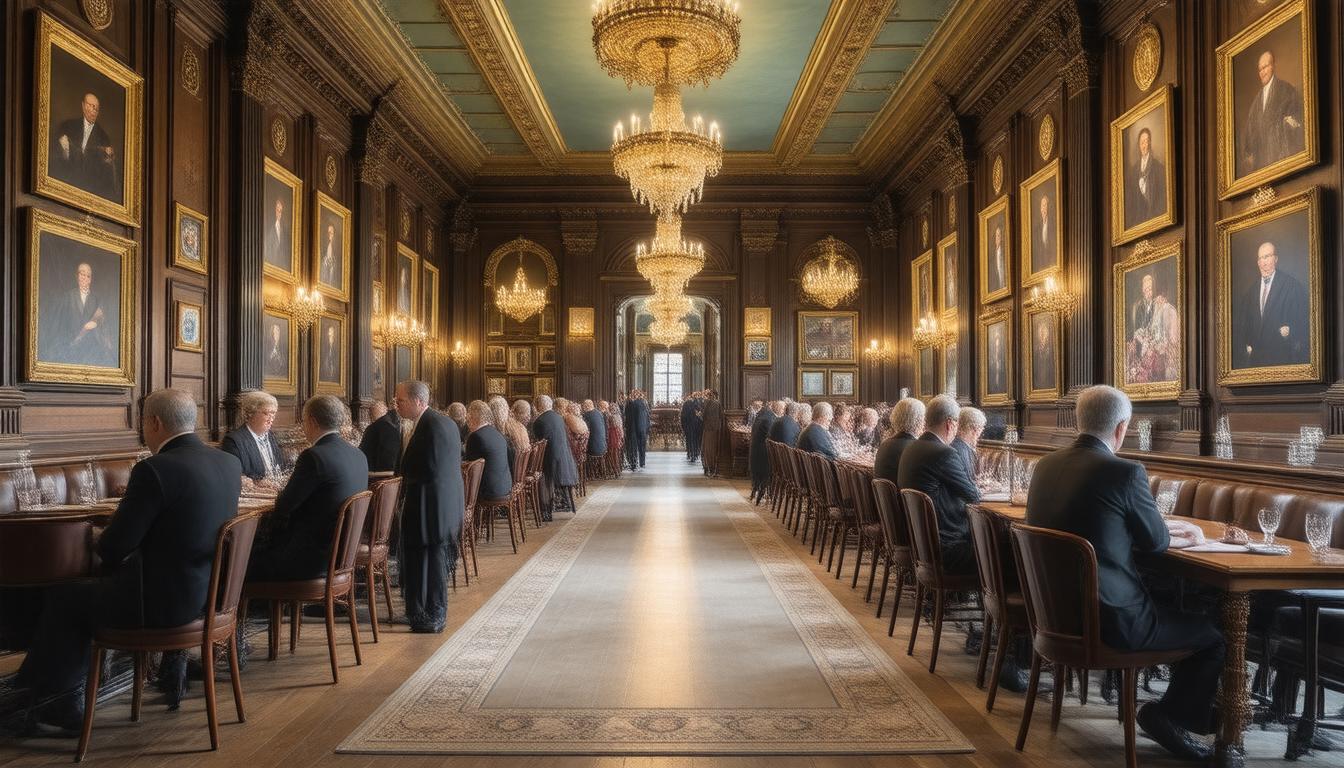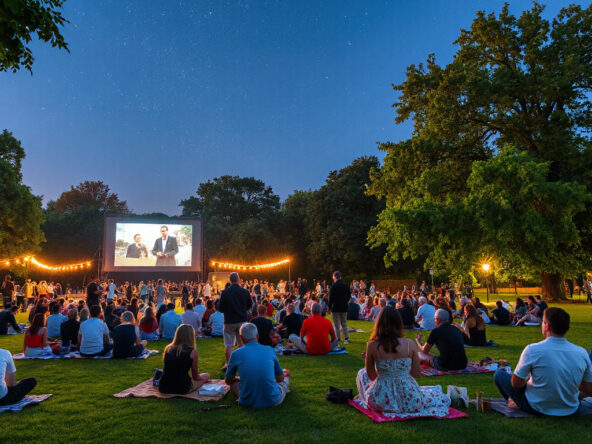London’s rich tapestry of social clubs reflects not only its history but also its dynamic cultural evolution. From their beginnings in the 18th century, London’s social clubs have been a gathering ground for individuals across various classes, hobbies, and professions.
The Origins and Evolution of Social Clubs in London observe how these clubs originated as exclusive societies for elite members before gradually opening their doors to a broader audience. Iconic Social Clubs To Visit: A Journey Through Time will take you on an exploration of some of the renowned establishments, showcasing their history and the unique experiences they offer today. Finally, The Role of Social Clubs in Modern London Society examines how these clubs continue to play a pivotal part in fostering community, networking, and cultural exchange among residents and visitors alike. Discovering London’s Historic Social Clubs promises to be both a fascinating dive into the past and an insightful look at the present.
Key Takeaways
- London’s historic social clubs have deep-rooted origins that reflect the city’s social evolution.
- Iconic social clubs like The Reform Club and The Garrick offer a glimpse into London’s rich history.
- Visiting these clubs provides not only cultural insights but also a unique social experience.
- Social clubs continue to influence modern London society, fostering connections among diverse groups.
- Discovering these clubs reveals how tradition and modernity coexist in the heart of London.
The Origins and Evolution of Social Clubs in London
Social clubs have been an integral part of London’s social fabric since the 18th century. Initially created as spaces for the elite to gather, discuss politics, and enjoy leisure activities, these clubs began to evolve by the 19th century to include a broader range of social classes. The evolution of social clubs in London reflects a changing society, from the exclusive gentlemen’s clubs of St. James’s to the more inclusive working men’s clubs that sprang up during the industrial revolution. Notable examples such as The Reform Club, established in 1836, articulated the political and social shifts of the time, advocating for electoral reform (Lloyd, 2020). Meanwhile, T. S. Eliot’s literary affiliations with clubs such as The Bath Club demonstrate how these venues also served as fertile grounds for cultural and intellectual exchange. Today, the array of social clubs in London ranges from traditional establishments, steeped in history, to modern venues offering diverse activities, catering to a wide demographic (Smith, 2021). If you’re interested in discovering London’s historic social clubs, a visit to clubs like The Savile or The Groucho offers a unique glimpse into this evolution, highlighting the rich narratives that have shaped London’s social landscape.
Iconic Social Clubs to Visit: A Journey Through Time
London, a city steeped in history and culture, boasts a plethora of iconic social clubs that have been gathering places for the elite, the adventurous, and everyone in between. When discovering London’s historic social clubs, one must start with the famed Brooks’s Club, established in 1764, where notable figures such as Charles Dickens and Winston Churchill convened (Parkins, 2021). Another significant venue is the Garrick Club, founded in 1831, which holds a rich theatrical legacy, having welcomed many luminaries from the world of drama (Smith, 2022). The Reform Club, associated with the Victorian political reform movement, features impressive architecture and opulent interiors, a testament to the grandeur of the period (Jones, 2023). Finally, for a taste of the unconventional, The Chelsea Arts Club, established in 1891, stands out for its creative ethos, attracting artists and innovators throughout its history (Williams, 2021). Each of these clubs not only represents a snapshot of London’s social fabric through the centuries but also offers a unique glimpse into the lives and networks of the city’s most influential individuals.
‘A great city is not to be measured by its length and breadth, but by the broadness of its mind and the height of its soul.’ – Herbert Spencer
The Role of Social Clubs in Modern London Society
In the heart of London, social clubs serve as pivotal hubs for networking, leisure, and cultural exchange, playing an integral role in modern society (Rothschild, 2021). These venues not only preserve a rich tapestry of history but also embody the evolving social dynamics of the city. Many of London’s historic social clubs, such as the Reform Club and the Garrick Club, have long been associated with the political, artistic, and social elite; they offer unique experiences for members and their guests. Discovering London’s historic social clubs can lead to an appreciation of their architectural beauty and cultural significance, as they reflect both the past and present social landscape of the city (Drew, 2022). Engaging in the vibrant atmosphere of these clubs allows individuals to build lasting connections, thus reinforcing their relevance in today’s urban society.





